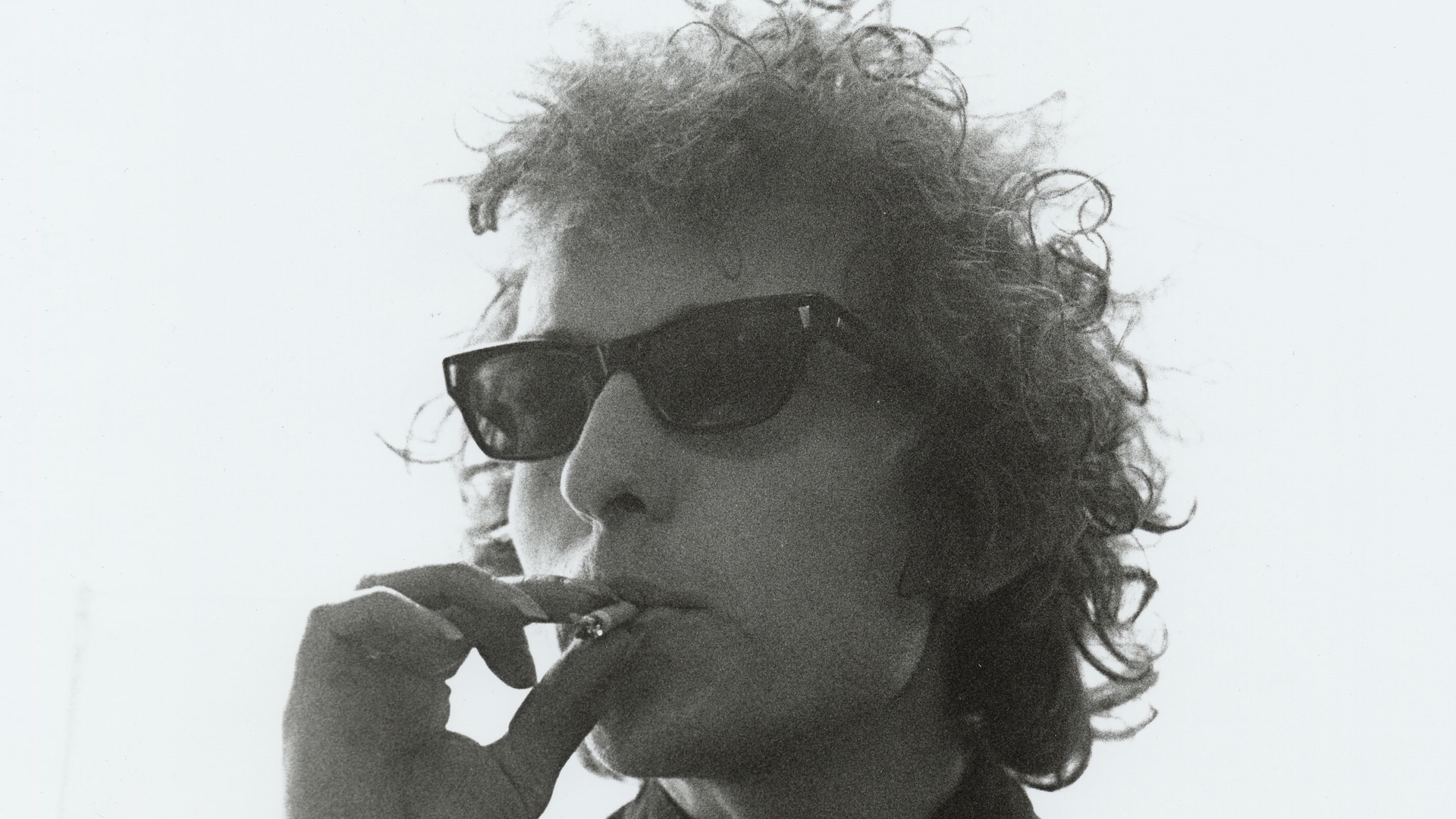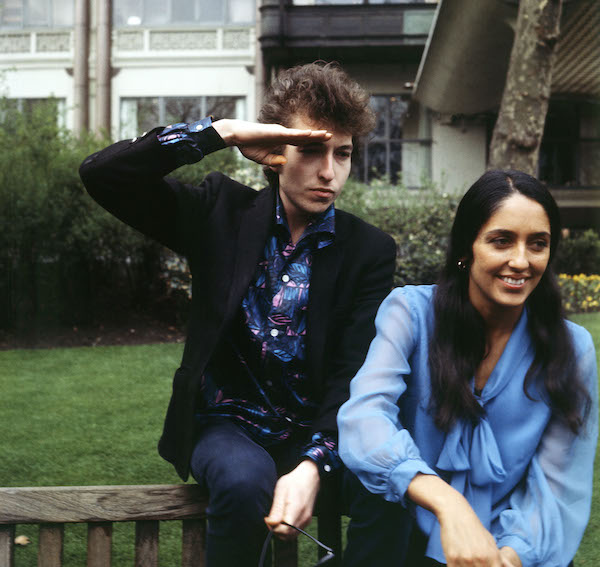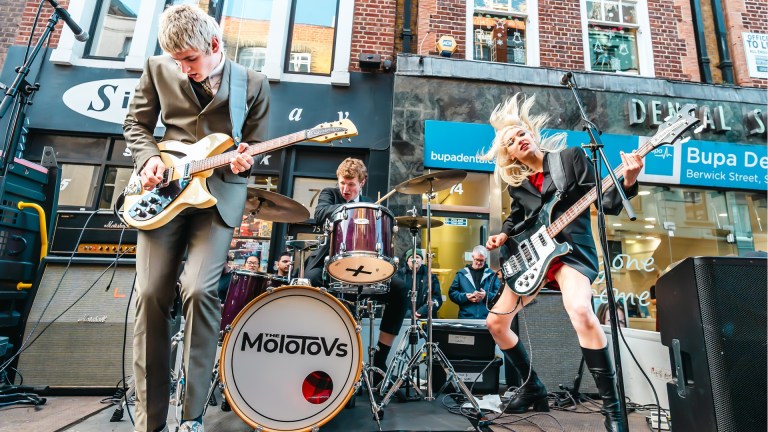Sixty years ago this September, a New York Times review of a scrawny kid from the American Midwest playing a downtown Manhattan cabaret changed forever the course of popular music. The kid was Bob Dylan and the critic was the late Robert Shelton who, in 1959, had witnessed the Newport Folk Festival debut of Joan Baez, rhapsodising about her “achingly pure soprano”. Shelton would write about many more debut performances, including José Feliciano, Joni Mitchell, Janis Joplin and Frank Zappa.
That night at Gerde’s, a few minutes’ walk from Washington Square in the heart of Greenwich Village, Shelton had expected to focus on the headliners, a bluegrass trio named The Greenbriar Boys. In the event, most of his review, plus the photo, was devoted to the support act.
On 29 September 1961, under the four-column headline “Bob Dylan: A Distinctive Folk-Song Stylist”, Shelton wrote that “A bright new face in folk music is appearing at Gerde’s Folk City. Although only 20 years old, Bob Dylan is one of the most distinctive stylists to play a Manhattan cabaret in months.” Resembling “a cross between a choirboy and a beatnik”, his work bore “the mark of originality and inspiration, all the more noteworthy for his youth”. It concluded: “Mr Dylan is vague about his birthplace and his antecedents but it matters less where he has been than where he is going, and that would seem to be straight up”.
Support The Big Issue and our vendors by signing up for a subscription.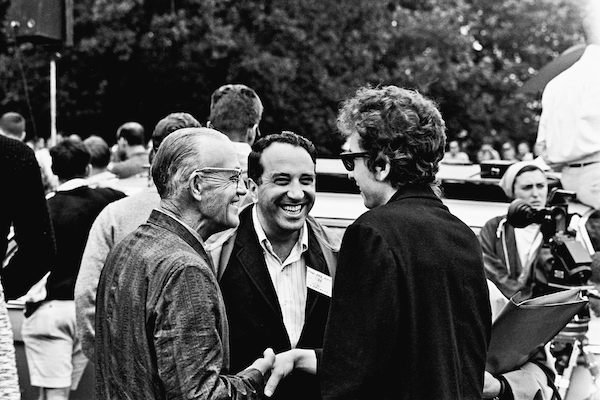 Unsurprisingly, it caused quite a stir and, within a couple of weeks, Dylan had a contract with Columbia Records. Suze Rotolo, the girlfriend pictured arm-in-arm with him on the sleeve of his 1963 album The Freewheelin’ Bob Dylan, recalled it as “over-the-top exciting. We got the early edition of the paper late at night at the newspaper kiosk on Sheridan Square, and went across the street to an all-night deli to read it. Then we went back and bought more copies… Robert Shelton had been around the clubs and bars for ages, seeing every new and old performer, but he’d never written a review quite like the one he wrote for Bobby…”
Unsurprisingly, it caused quite a stir and, within a couple of weeks, Dylan had a contract with Columbia Records. Suze Rotolo, the girlfriend pictured arm-in-arm with him on the sleeve of his 1963 album The Freewheelin’ Bob Dylan, recalled it as “over-the-top exciting. We got the early edition of the paper late at night at the newspaper kiosk on Sheridan Square, and went across the street to an all-night deli to read it. Then we went back and bought more copies… Robert Shelton had been around the clubs and bars for ages, seeing every new and old performer, but he’d never written a review quite like the one he wrote for Bobby…”This edition enables a new generation of readers to follow Bob Dylan – the original punk, who put poetry in the jukebox
Dylan was not yet 20, a high school rock ‘n’ roller who’d succumbed to folk music during his brief career at the University of Minnesota – the urban folk revival was sweeping America, campuses in thrall. He’d hitchhiked to New York with the aim of meeting Woody Guthrie, composer of This Land is Your Land. Huntington’s Chorea had ravaged his body, but Dylan was unfazed, singing to him and writing his Song to Woody, one of only two original songs on his debut album.
Dylan arrived in the city in January 1961, waving goodbye to his ride where the George Washington Bridge meets Manhattan island and taking the subway downtown to Greenwich Village, “a Coney Island of the mind” (Lawrence Ferlinghetti) where everything started… except Prohibition. The Village in the 1960s was “a scene”, the beats and the folkies wandering its crooked streets. It was a place of low rent and high art, where those living alternative lives were not just tolerated but encouraged. Blacks and whites could mingle without fear, gays cohabit. The locus of this perennial bohemia was the crossroads of MacDougal and Bleecker Streets.
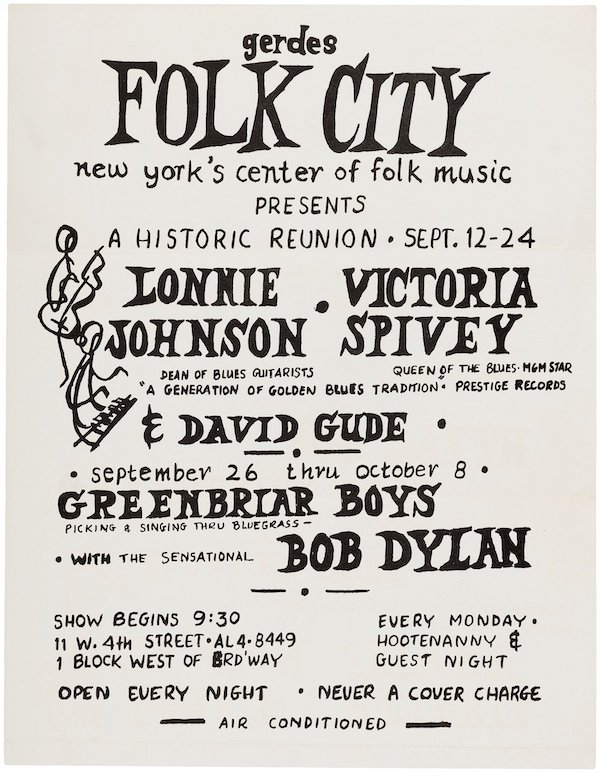
Long before Dylan came to town, Shelton was part of that scene, his home a brownstone equidistant between Gerde’s and the White Horse Tavern, the longshoremen’s bar where Dylan Thomas took his last drink. In retrospect, it’s extraordinary how much space the New York Times devoted to young unknowns playing on downtown’s makeshift stages, its readers invited to follow Shelton into smoke-filled coffeehouses much as they followed his classical counterpart, the great Harold C Schonberg, into the uptown splendour of Carnegie Hall and the Met.
